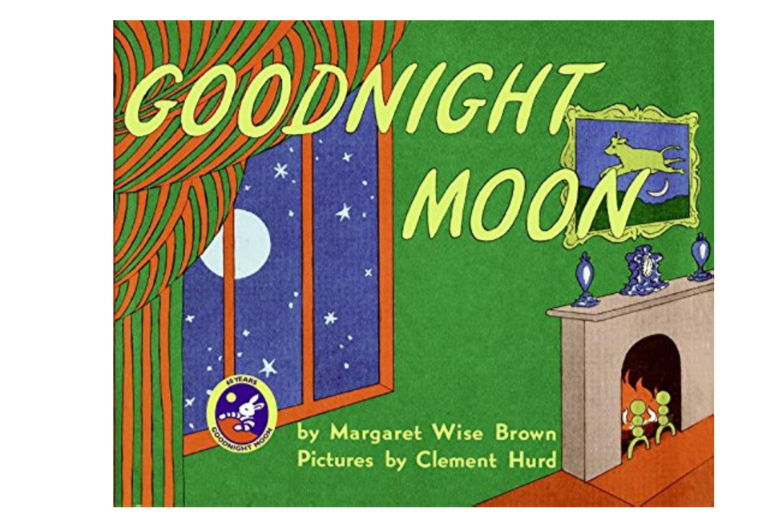In a world increasingly dominated by screens and digital interactions, the timeless tradition of storytime for kids holds a unique and irreplaceable charm.
Storytime for kids is not just a way to entertain children; it is a powerful tool for their cognitive, emotional, and social development.
This article explores the multifaceted benefits of storytime, offers practical tips for parents and educators, and highlights some classic and contemporary books that are sure to captivate young audiences.
The Importance of Storytime for Kids
1. Cognitive Development
Storytime significantly boosts cognitive development in children.
Listening to stories helps kids enhance their vocabulary, understand grammar, and develop better language skills.
Through the rhythmic patterns of rhymes and the diverse range of words, children learn how language works. It also stimulates imagination and creativity, encouraging children to visualize the story and think beyond the text.
2. Emotional Development
Stories are a gateway to understanding emotions. They teach children about empathy by allowing them to see the world through different characters’ perspectives.
Stories often address common childhood fears and anxieties, helping children process their own emotions.
Through the ups and downs of characters, kids learn to navigate their feelings in a safe and controlled environment.
3. Social Skills
Storytime fosters social skills by promoting interaction between the storyteller and the listener.
When children participate in group storytime, they learn to share, take turns, and engage with others. It also provides an excellent opportunity for them to practice listening skills, follow instructions, and engage in discussions about the story.
Tips for Effective Storytime
1. Choose Age-Appropriate Books
Select books that are suitable for the child’s age and developmental stage. For younger children, look for books with bright pictures, simple text, and repetitive phrases. As children grow, introduce more complex stories that challenge their comprehension and critical thinking.
2. Create a Comfortable Environment
Ensure the storytime setting is cozy and free from distractions. A quiet corner with soft lighting and comfortable seating can make a big difference. This environment helps children relax and focus on the story.
3. Use Expressive Reading
Bring the story to life with expressive reading. Use different voices for different characters, vary your pitch and volume, and incorporate facial expressions and gestures. This not only makes the story more engaging but also helps children understand the emotions and actions of the characters.
4. Encourage Participation
Involve children in the storytelling process. Ask open-ended questions about the story, encourage them to predict what will happen next, and let them turn the pages or point out objects in the pictures. This interactive approach keeps children engaged and makes them feel like active participants.
5. Make Storytime Routine
Consistency is key. Make storytime a regular part of your daily routine, whether it’s before bed, after lunch, or during a designated quiet time. This regularity helps children develop a love for reading and creates a sense of security and anticipation.
Recommended Books for Storytime
Classic Favorites
- “Goodnight Moon” by Margaret Wise Brown

This timeless bedtime story, with its soothing rhythm and comforting illustrations, is perfect for winding down at the end of the day.
Amazon Link- https://amzn.to/3W6d5LH
- “Where the Wild Things Are” by Maurice Sendak

A tale of imagination and adventure, this book captures the wild and wonderful spirit of childhood.
Amazon Link- https://amzn.to/3XDeIkR
- “The Very Hungry Caterpillar” by Eric Carle

With its colorful illustrations and simple, repetitive text, this book is a delightful way to teach children about counting and the days of the week.
Amazon Link- https://amzn.to/45G2FFA
Contemporary Picks
- “The Day the Crayons Quit” by Drew Daywalt

A humorous and imaginative story that gives personality to crayons and teaches children about emotions and problem-solving.
Amazon Link- https://amzn.to/4ezGghc
- “Dragons Love Tacos” by Adam Rubin

A fun and quirky tale about dragons and their love for tacos, which is sure to get kids giggling.
Amazon Link- https://amzn.to/4evqu77
- “Ada Twist, Scientist” by Andrea Beaty

This book encourages curiosity and a love for science, featuring a young girl who is endlessly inquisitive and inventive.
Amazon Link- https://amzn.to/4cek7U8
The Role of Storytime in a Digital Age
In today’s digital age, it’s important to balance screen time with traditional activities like storytime. While digital devices can offer educational content, they often lack the interactive and personal touch that comes with a parent or educator reading a story aloud. Storytime provides a unique opportunity for bonding, creating lasting memories, and instilling a lifelong love for reading.
Balancing Screen Time and Storytime
- Set Limits on Screen Time: Establish clear rules about how much time children can spend on digital devices each day. Encourage other activities, such as reading, playing outside, and creative play.
- Integrate Digital Storytelling Wisely: Use digital storytelling apps and e-books as a supplement, not a replacement, for traditional storytime. Look for interactive e-books that encourage participation and critical thinking.
- Model Good Reading Habits: Show children that reading is important by making time for your own reading. Children who see adults enjoying books are more likely to develop a love for reading themselves.
Conclusion
Storytime for kids is more than just a pleasant activity; it is a cornerstone of early childhood development.
By immersing children in the world of stories, we nurture their cognitive, emotional, and social growth.
Whether through classic tales or modern adventures, storytime creates a magical experience that resonates with children and fosters a lifelong love of reading. So, gather your favorite books, find a cozy spot, and let the adventures begin!




